Reviewed by Julianne Ngirngir
The Vision Pro made headlines with its revolutionary eye-and-pinch interface, but here's the thing: even Apple knows that looking and pinching isn't the complete story. Recent patents and industry whispers suggest Apple may add more touch controls to future Vision Pro models—and it's about time. While the current gaze-plus-pinch system works remarkably well, Apple's engineers are discovering what many users already know: sometimes you need more than just your eyes and floating finger taps to get things done.
What you need to know: Apple's exploring everything from finger-wearable devices to built-in touch sensors that could transform how we interact with mixed reality. The current Vision Pro already packs 12 cameras and 6 microphones alongside that impressive M2+R1 chip combo, but the input story is far from complete.
The limits of looking: why gaze-only gets tiring
Let's be blunt—keeping your hands in front of your eyes for extended periods is exhausting. Real users quickly discover the physical toll of sustained interaction, but the fatigue runs deeper than sore arms. After 30 minutes of precise eye targeting, cognitive strain sets in as your brain works overtime to coordinate precise gaze control with finger gestures floating in mid-air.
The Vision Pro's current gesture vocabulary includes six different movements: pinch to select, pinch-and-hold for menus, pinch-and-swipe for scrolling, plus direct touch interactions. Each works brilliantly in isolation, but extended sessions reveal the system's boundaries. Try editing a complex document or manipulating detailed 3D models—scenarios where moving distant objects at 1:1 mapping feels painfully slow and precision tasks demand awkward hand positions that fight against natural ergonomics.
The accuracy is impressively solid. Ben Lang reported just two misdetections in over 30 minutes during intensive demos, proving the technology works. But Apple's patent research acknowledges a crucial insight: while combining eyes and hands leads to improved performance and comfort for basic navigation, the system needs tactical reinforcement when gaze precision hits its natural limits or when tasks demand sustained manipulation beyond what floating gestures can comfortably provide.
What Apple's patents reveal about touch's future
Apple's patent portfolio tells a fascinating story about where touch controls are headed. One particularly compelling filing describes finger sensors configured to detect touch, force, and other input integrated directly into the headset's peripheral edges. Picture this: an elongated touch sensor running along the external display's edge, letting you adjust brightness, volume, or other settings without breaking immersion or redirecting your gaze from the current task.
The evolution from basic edge controls to advanced wearables reveals Apple's systematic approach to solving different interaction challenges. Their more sophisticated patents detail finger-wearable devices that track movement with six degrees of freedom, creating hybrid systems where wearable sensors combine with untethered input detection. This isn't just about adding more buttons—imagine manipulating a 3D architectural model where your gaze selects the building section while finger sensors provide the precise rotation control that would otherwise require exhausting mid-air gestures.
The implications stretch beyond convenience into genuine accessibility benefits. For users with limited mobility or those working in professional scenarios requiring sustained interaction, these finger-tracking systems could provide precise control without the physical demands of current gesture vocabulary. Apple's patents suggest they're building complementary systems that preserve the elegance of gaze targeting while adding tactile precision exactly where ergonomics and task complexity demand it most.
The bigger picture: balancing innovation with usability
Here's where Apple's strategic thinking gets interesting—they're not retreat from the eye-tracking breakthrough that makes Vision Pro special. Instead, they're developing intelligent escalation systems that activate enhanced controls when gaze-plus-pinch encounters its practical boundaries. Their patent literature reveals methods for registering engagement events based on combinations of finger data, untethered inputs, and gaze tracking, essentially creating interfaces that adapt their input complexity to match task demands.
This approach makes perfect business sense when you consider Apple's broader Vision roadmap. They're developing a cheaper Vision model for late 2025 while simultaneously working on second-generation Vision Pro hardware for 2026. Touch controls could become a key differentiator between these product tiers, with basic edge sensors enhancing the affordable model while advanced finger-wearable systems distinguish the professional-grade hardware.
The timing also aligns with competitive pressures from Meta's Quest ecosystem, where controller-based precision remains a significant advantage for certain applications. By integrating touch controls thoughtfully, Apple can maintain their interface elegance while addressing the specific scenarios where competitors currently offer superior interaction options. This isn't about abandoning vision—it's about completing it with tactical solutions that make extended, complex interactions genuinely comfortable.
What this means for your mixed reality future
The addition of more touch controls represents Apple's recognition that even transformative interfaces need escape valves for edge cases and extended use. The current Vision Pro already delivers mind-boggling experiences with its 23-million-pixel displays and sophisticated spatial computing capabilities, but as individual apps using 3D interactions remain hit-and-miss, Apple is methodically addressing the gaps between their interface vision and real-world usage patterns.
For developers, this evolution signals new opportunities to create applications that leverage multiple interaction modalities. Imagine design software that uses gaze for selection, gesture for basic manipulation, and finger sensors for precise adjustments—combining the best aspects of each input method without forcing users into single-method limitations. The broader ecosystem benefits when hardware capabilities expand to support more natural, varied interaction patterns.
PRO TIP: If you're considering Vision Pro, remember that Apple's interface evolution typically follows a clear pattern—establish the revolutionary core first, then add refinements based on actual usage data and user feedback.
The implementation timeline remains uncertain, but the strategic direction is clear. Apple spent years perfecting gaze-plus-pinch before launching Vision Pro, applying that same methodical refinement approach to touch integration. Whether these enhanced controls debut in the rumored budget model, the next Vision Pro generation, or across the entire product line, they represent Apple's acknowledgment that revolutionary interfaces achieve their full potential through thoughtful evolution, not rigid adherence to original concepts.
This isn't about abandoning the future of eye tracking—it's about making that future more accessible, comfortable, and ultimately more human. Because sometimes, the most natural thing to do is simply reach out and touch.




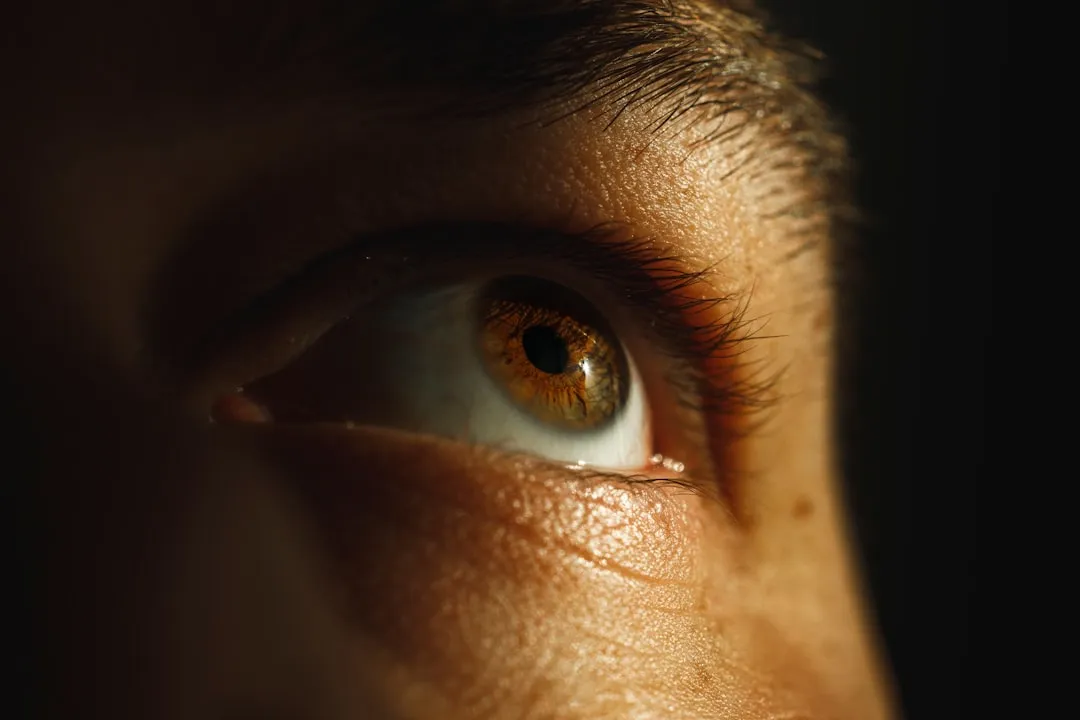
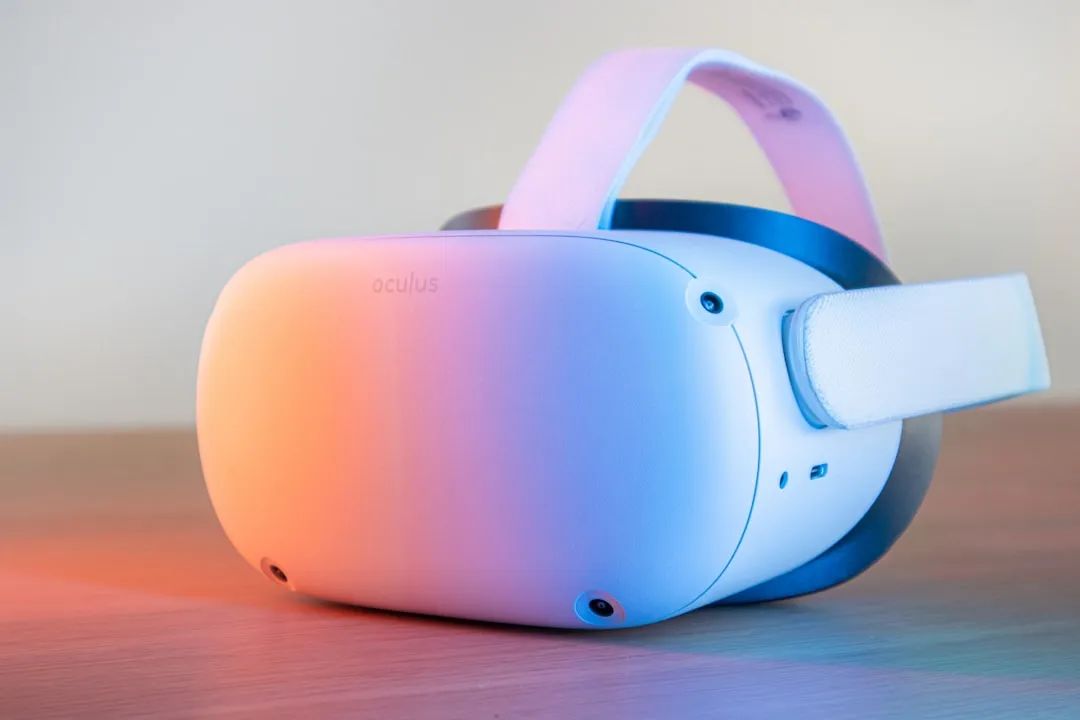
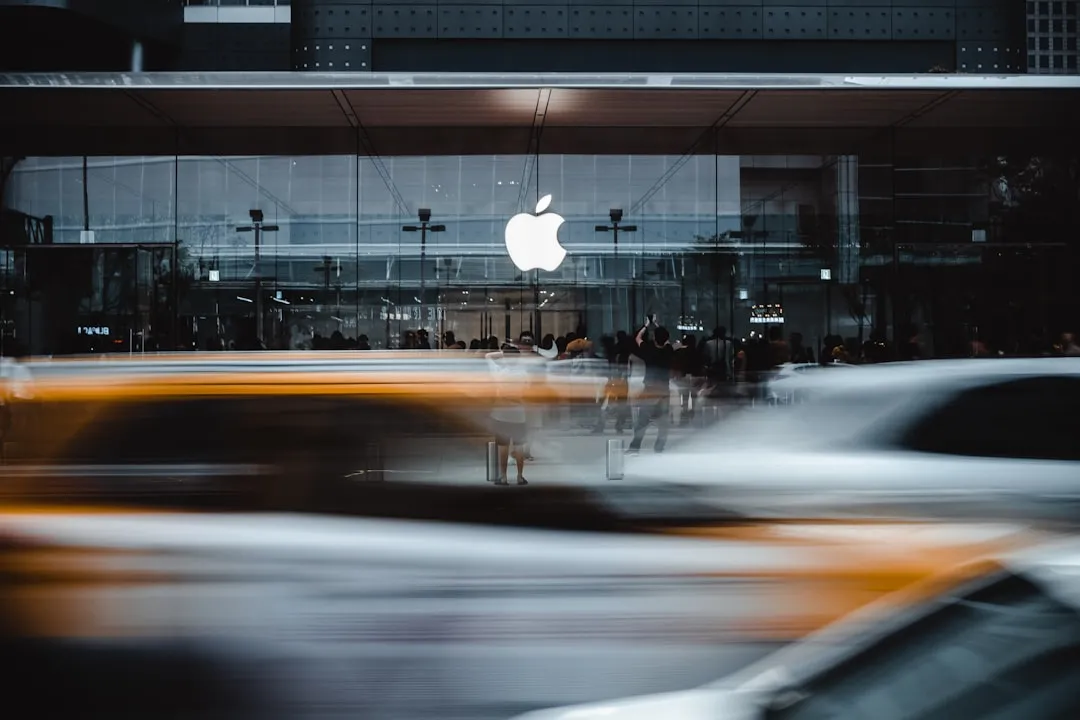
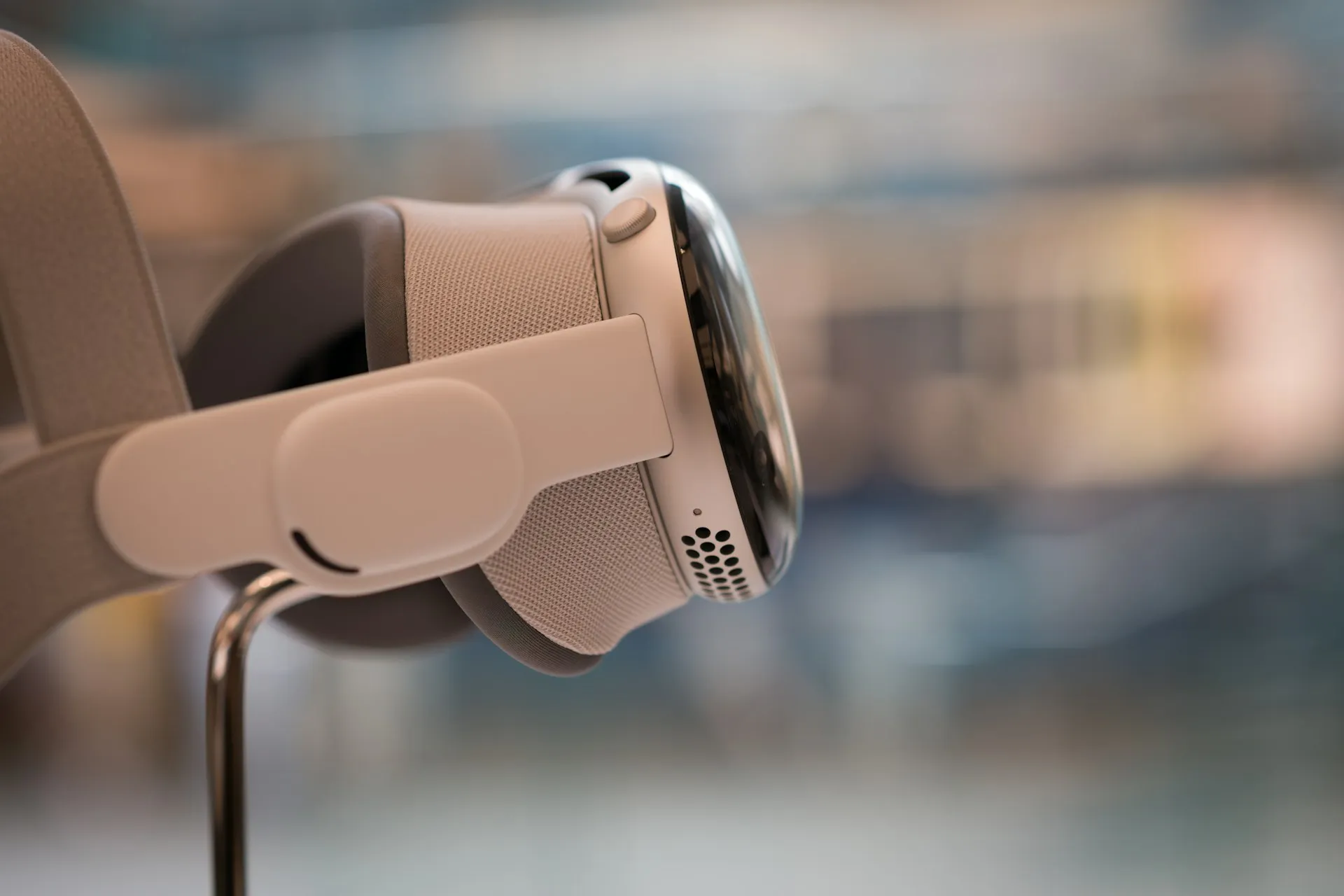
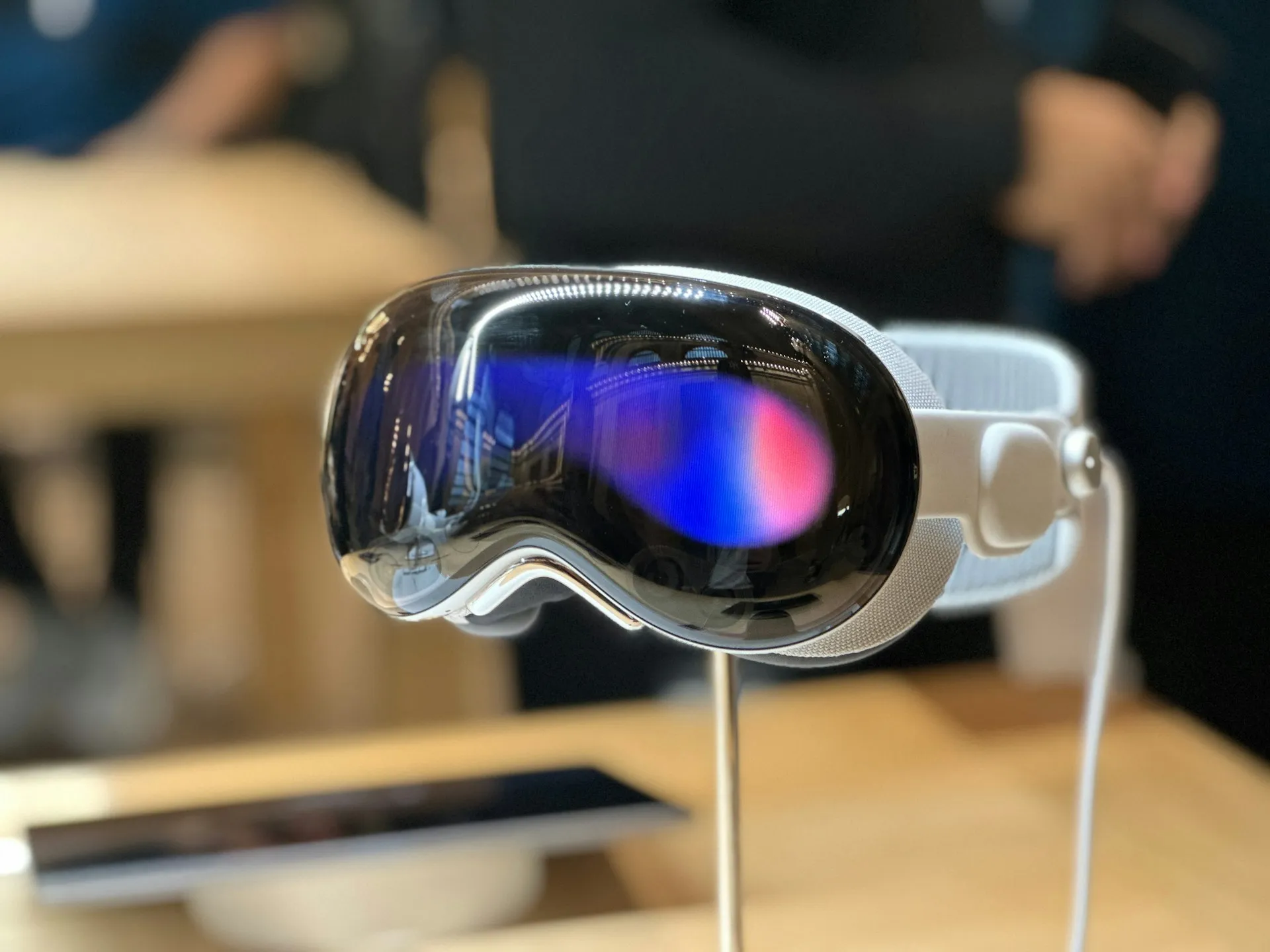
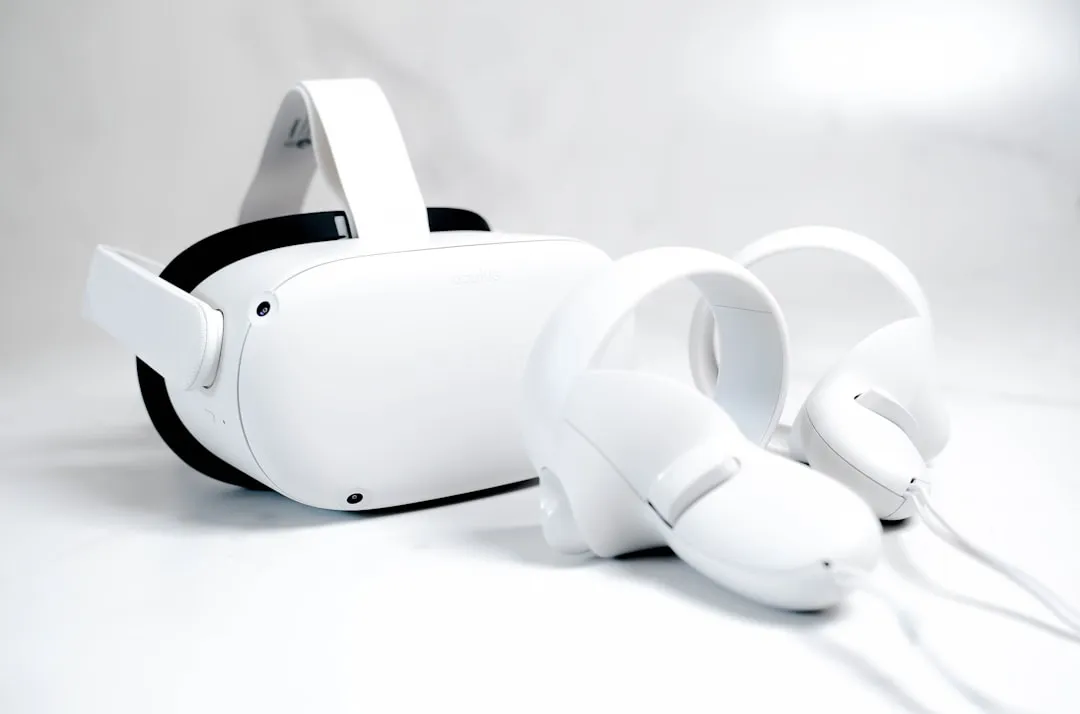
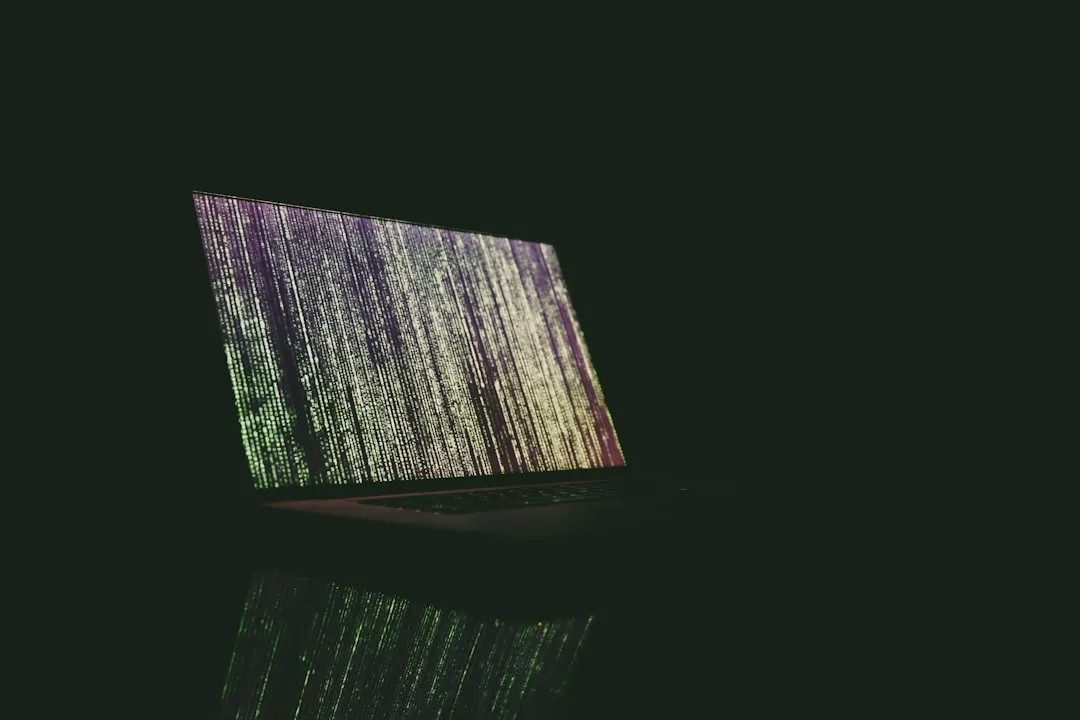
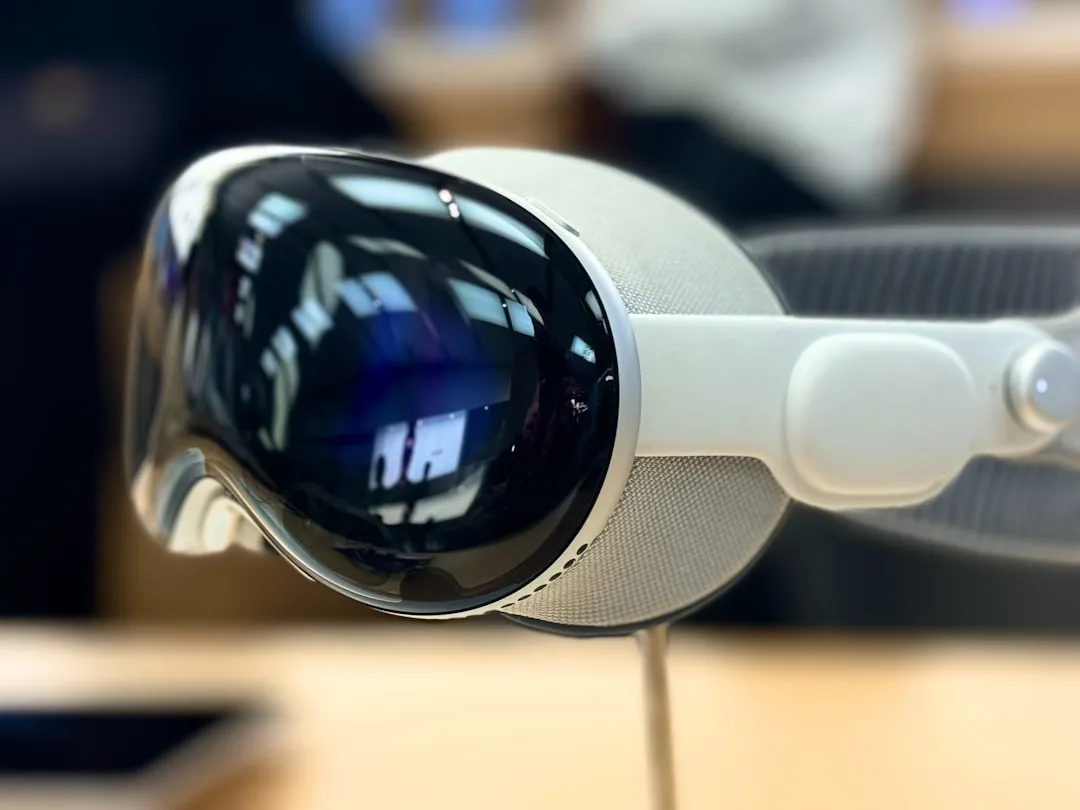
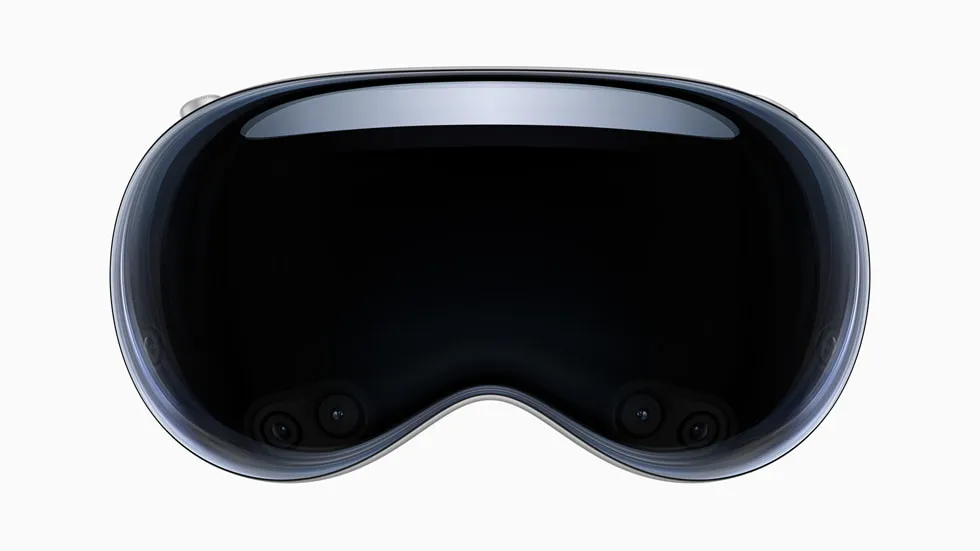
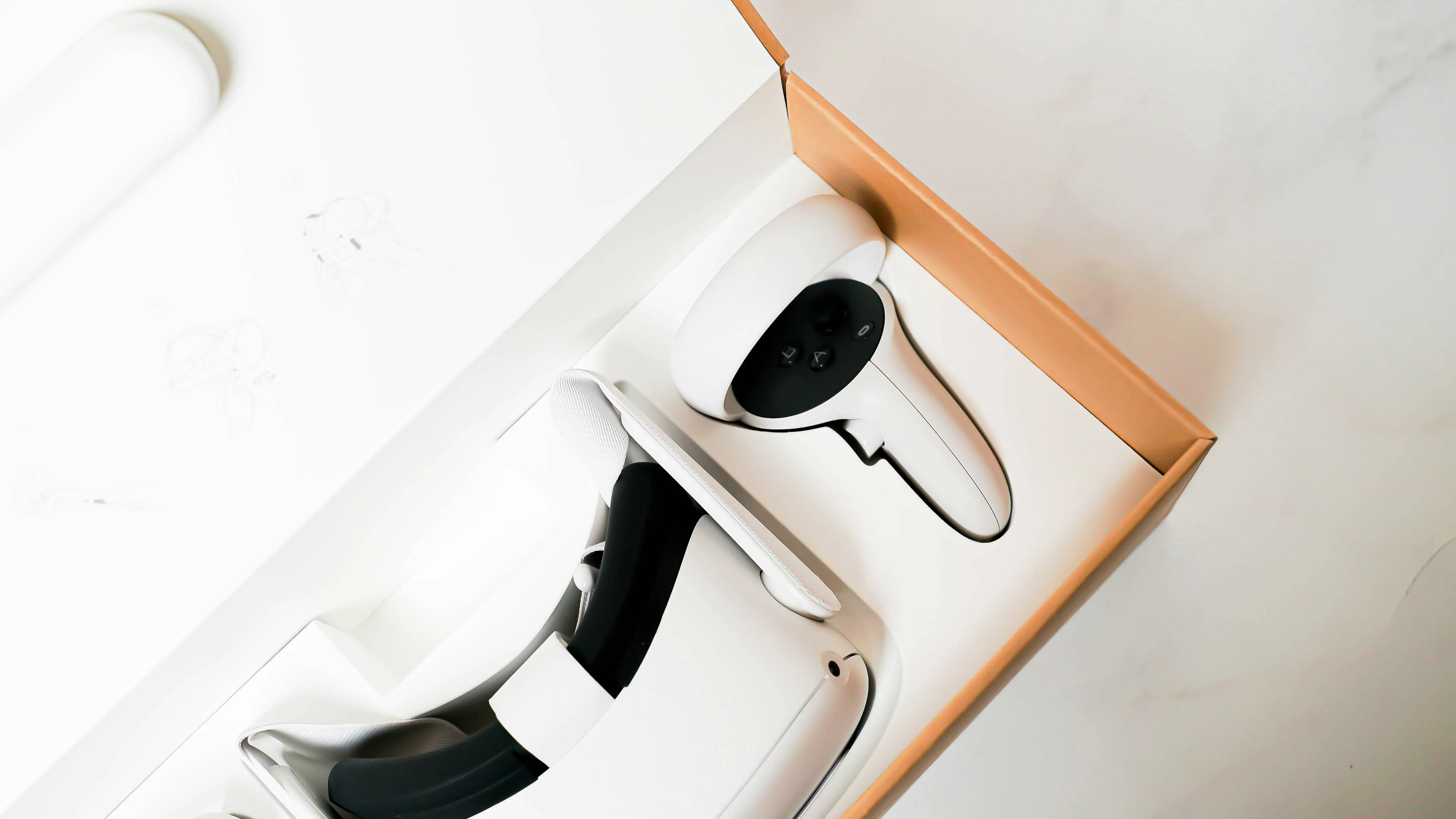
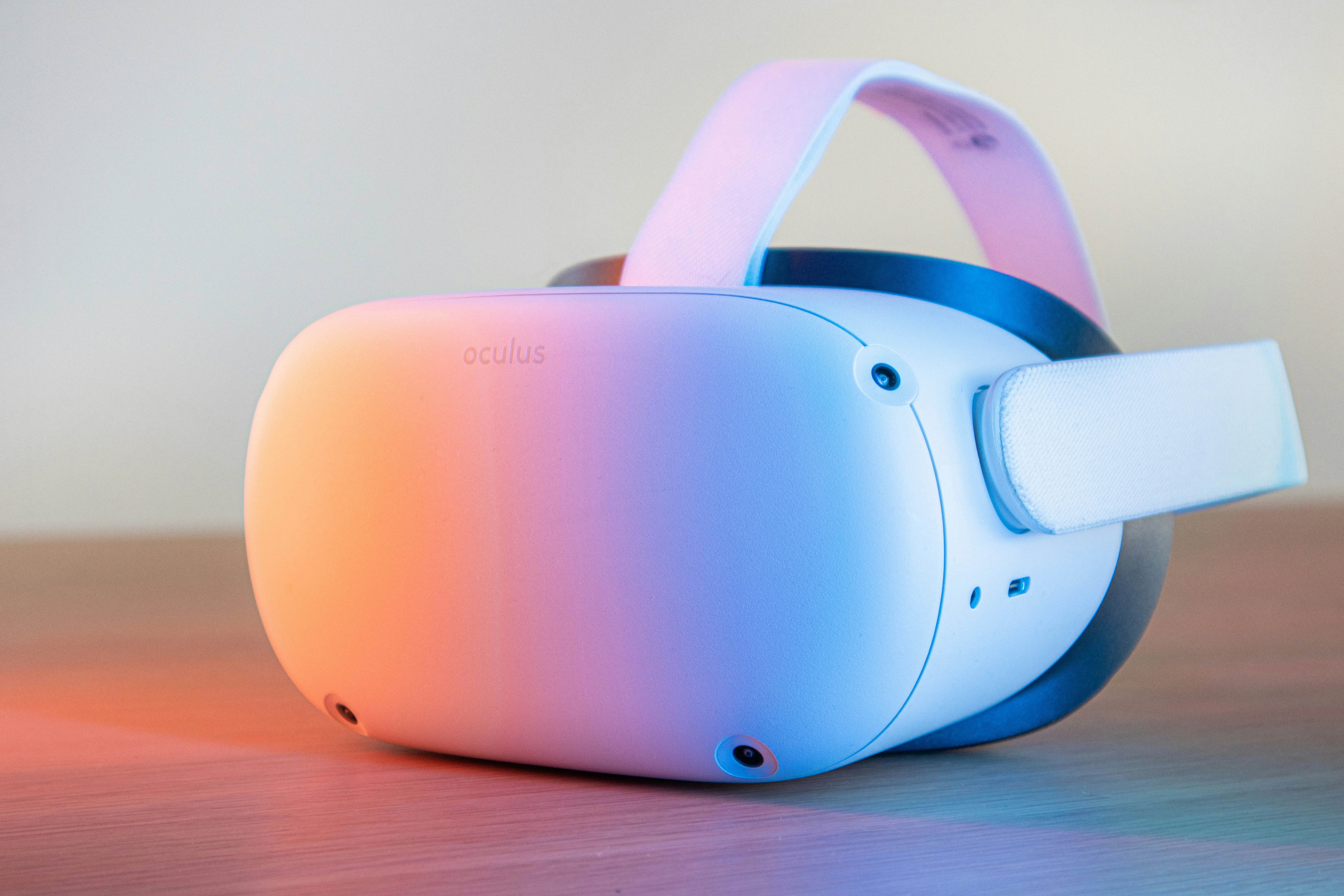









Comments
Be the first, drop a comment!